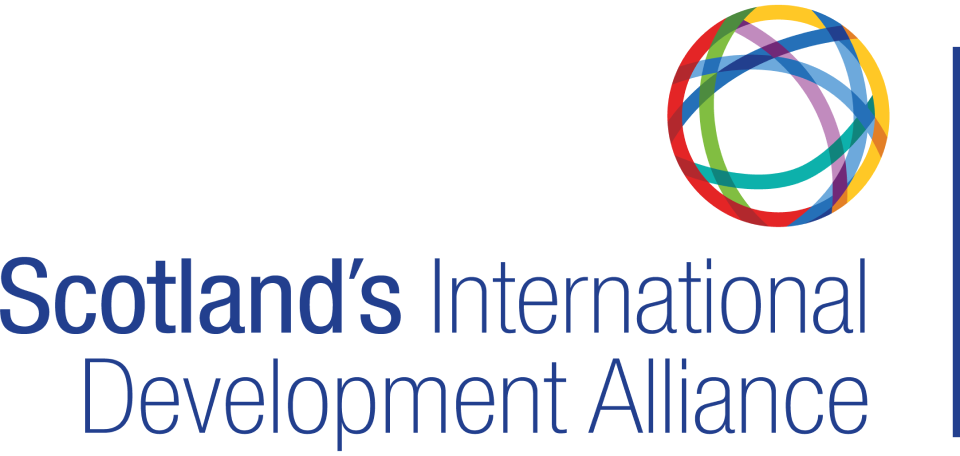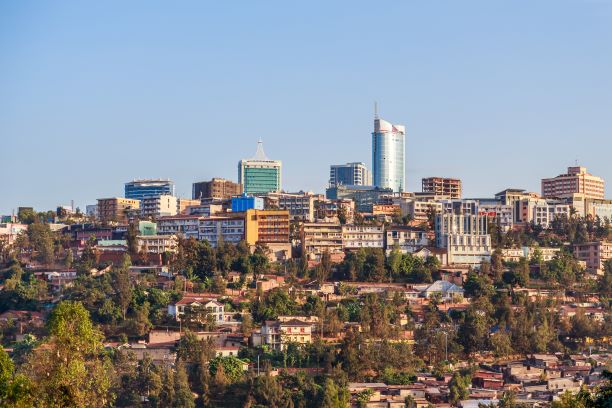The dawn of a new decade can be a time to take stock. For Thomas Echlin-Harradine, Managing and Founding Partner at Whitfield Echlin & Co. LLP, this provided an opportunity to reflect on Rwanda’s Vision 2020 which has reached its final, landmark year.
Launched in 2000 by President Paul Kagame, Vision 2020 outlined the government’s strategy to turn Rwanda into a middle-income country, reduce poverty, increase access and quality of national health services, and firmly lift the country out of the shadows of the 1994 genocide.
Twenty years later, the country has made remarkable achievements. Some highlights include significant increases in literacy, continually improving access to and quality of health services, much improved infrastructure and consistently ranking in the top 50 of the World Bank’s ease of doing business index. The only other African country in the top 50 is the island of Mauritius, a known international tax haven. Life expectancy has also more than doubled since 1994. And Rwanda now boasts a Volkswagen assembly plant which began operations in 2018.
While Rwanda will fall short of the stated aims of Vision 2020, the remarkable progress achieved in the country cannot be ignored. Arguably this progress is more important than achievingVision 2020 which was always ambitious given the state of the country in 1994. What has enabled Rwanda to reach those remarkable milestones over the last 26 years when in the same period other nations have stagnated or achieved sluggish progress?
There are a few key elements that characterise Vision 2020 and can be found in other nations’ national development strategies. One key element is the national development strategy being chiefly driven by the Rwandan government which has carefully controlled and defined limited outside input into national development. A second key element has been to take a multidimensional approach to development that academics have argued was lacking in the past. Beyond the text of Vision 2020 is a series of programmes, each aimed at a different aspect of development but also highly interconnected to one another.
Looking back at Vision 2020 and the subsequent implementation, a picture emerges of a development strategy that approaches complex issues from an innovative, joined-up and multidimensional angle. This highlights that issues are rarely simple enough to tackle in isolation, and must be viewed as multifaceted when developing solutions.
One challenge the development community faces in the coming decade is to move towards more coordinated approaches in which collaboration with multiple agencies is necessary. Secondly, the rise of national development strategies in certain countries since the launch of Vision 2020 and the achievements of both Rwanda and more recently Ethiopia, show an increasing desire by states to take greater control of the development agenda and decrease reliance and influence of external donor agents. The rise and achievements of ‘vision’ strategies over the last two decades provide an innovative developmental model, which will most likely continue to gain traction in the coming decade.
Written by Thomas Echlin-Harradine, Managing and Founding Partner at Whitfield Echlin & Co. LLP


